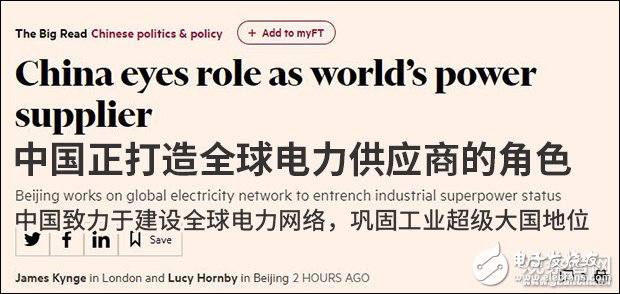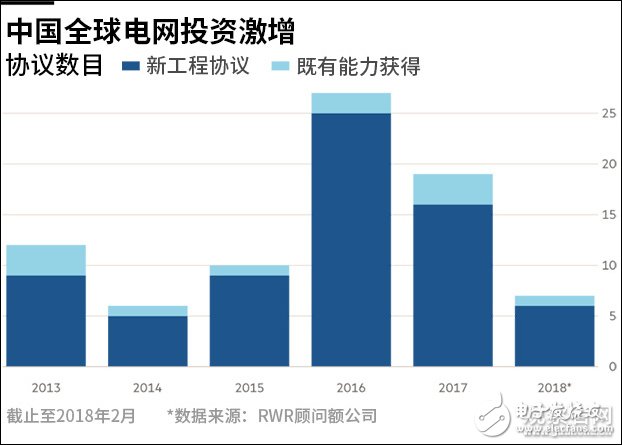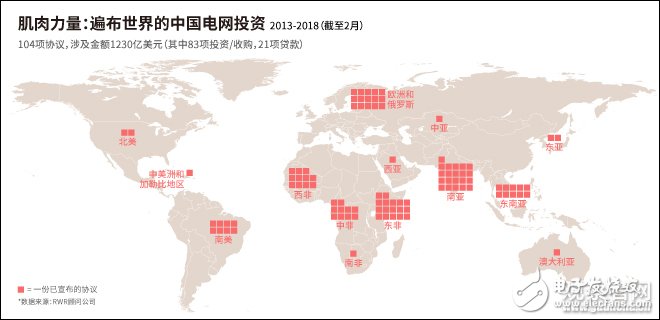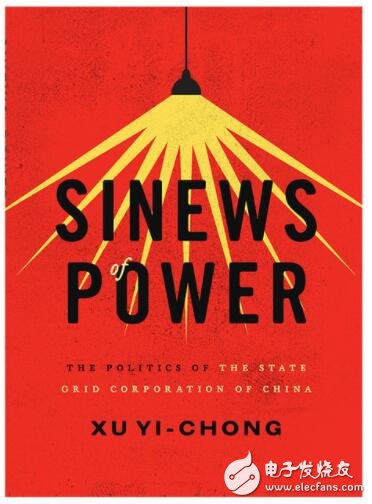"China is turning itself into a global power supplier." The British "Financial Times" published an article on the 7th, focusing on the overseas construction and investment of Chinese power companies, especially the "Global Energy Internet" initiative proposed by China.
According to the report, the idea of ​​connecting more than 100 national power grids is ambitious, but China does have strong organizational, financial and technical strength. Some scholars believe that the first region to achieve interconnection of overseas power grids may be Africa.
However, the "Financial Times" report is still filled with the "China threat theory" atmosphere. Although many scholars and engineers pointed out that China's promotion of energy network interconnection does not mean that Chinese enterprises own or operate the power grid.
George Cole, head of the UN Global Compact, said earlier that "the global energy Internet is one of the most meaningful initiatives in the world in the past few years. Chinese leaders have very high forward thinking, but many politicians in many countries around the world are very Short-sighted, will not do long-term planning."

Financial Times report screenshot
According to the Financial Times, China is working hard to promote a power technology that hopes to connect to the global electricity market. The reporter interviewed Xie Qiuye, president of the China Electric Power Planning and Design Institute, who is responsible for developing a power plan for Laos and making Laos a regional hub for transporting electricity to Southeast Asia.
According to the report, in Laos, Brazil, Central Africa and most of China, UHV transmission technology enables electricity to be transported at a lower cost and can withstand higher loads, thereby enabling large-scale power generation. project.
Liu Zhenya, the former chairman of the State Grid Corporation for 12 years, has developed UHV technology. He once said that UHV technology is equivalent to the military "intercontinental ballistic missile."
UHV technology allows China to build dams in the hinterland of the mountains and then transport the electricity to the eastern coastal areas thousands of miles away. However, UHV's projects and projects have led to an oversupply of electricity in western China. Liu Zhenya proposed in 2016 to use this technology to transmit electricity to Germany.
The article pointed out that Liu Zhenya is promoting UHV transmission technology internationally through the Global Energy Internet Program and hopes to achieve global grid interconnection.
Erica Downs, an international and public affairs scholar at Columbia University, told the Financial Times that “all of these are in line with China’s expansion and want to be the target of global standards settersâ€, “this is also with China wanting to be the leading industrial superpower. related."

Overseas investment of Chinese power companies (Source: FT, Observer Network)
The promoters stressed that this does not mean that China will control the resulting grid, but only connect the networks to better distribute the power surplus across regions.
In September 2015, President Xi Jinping proposed an initiative to build a global energy Internet at the United Nations Development Summit. In March 2016, the Global Energy Internet Development Cooperation Organization was established and became the first energy international organization initiated by China.
The Financial Times pointed out that some Western observers believe that this initiative is in line with the “One Belt, One Road†initiative and is an ambitious plan to promote China's leading infrastructure investment in more than 80 countries around the world.
The report quoted Andrew Davenpor, CEO of RWR Consulting, as saying, "Although China's rapid 'expansion' in the power sector is explained commercially, it should also be noted that China's economy, diplomacy and strategy. The initiatives are intertwined."
Davenport said, "The power industry is vital to people's daily lives. With the 'control' in this field, China's influence and soft power will also increase."
According to RWR statistics, in the past five years, Chinese companies have announced investments of $102 billion in construction or acquisition projects for 83 transmission infrastructure projects in Latin America, Africa, Europe and other regions, plus loans to overseas power grids. The total investment amounted to $123 billion.

China Overseas Power Grid Project Investment Distribution (Source: FT, Observer Network Chinese)
Xu Yi-chong, author of "Sinews of Power" and author of political science at Griffith University, pointed out that Chinese state-owned power companies are actively pursuing Overseas expansion strategy, investing in the construction and operation of energy networks in some countries, and investing in equity in other countries. But China's promotion of energy network connectivity does not mean that Chinese companies own or operate the grid. â€

"Muscle Strength: Politics of China State Grid Corporation"
According to the report, China's state-owned power companies that take overseas acquisition routes are all global heavyweights. In the 2017 World Top 500 list, the State Grid Corporation ranked second, second only to Wal-Mart. On the issue of promoting the global energy Internet, these companies will coordinate actions through the China Electricity Council. China's policy banks, such as China's National Open Bank and China's Export-Import Bank, will also help overseas bids for Chinese companies.
China's global grid vision benefits from UHV transmission technology. According to the report, although Siemens and Swiss ABB Group also own this technology, China has taken the lead in large-scale deployment and set global industry standards.
Wireless Charger Car Phone Holder
Wireless Charger Car Phone Holder,In Car Phone Holder Wireless Charger,Car Phone Holder And Charger,Phone Car Mount With Wireless Charger
Ningbo Luke Automotive Supplies Ltd. , https://www.car-phone-holder.com